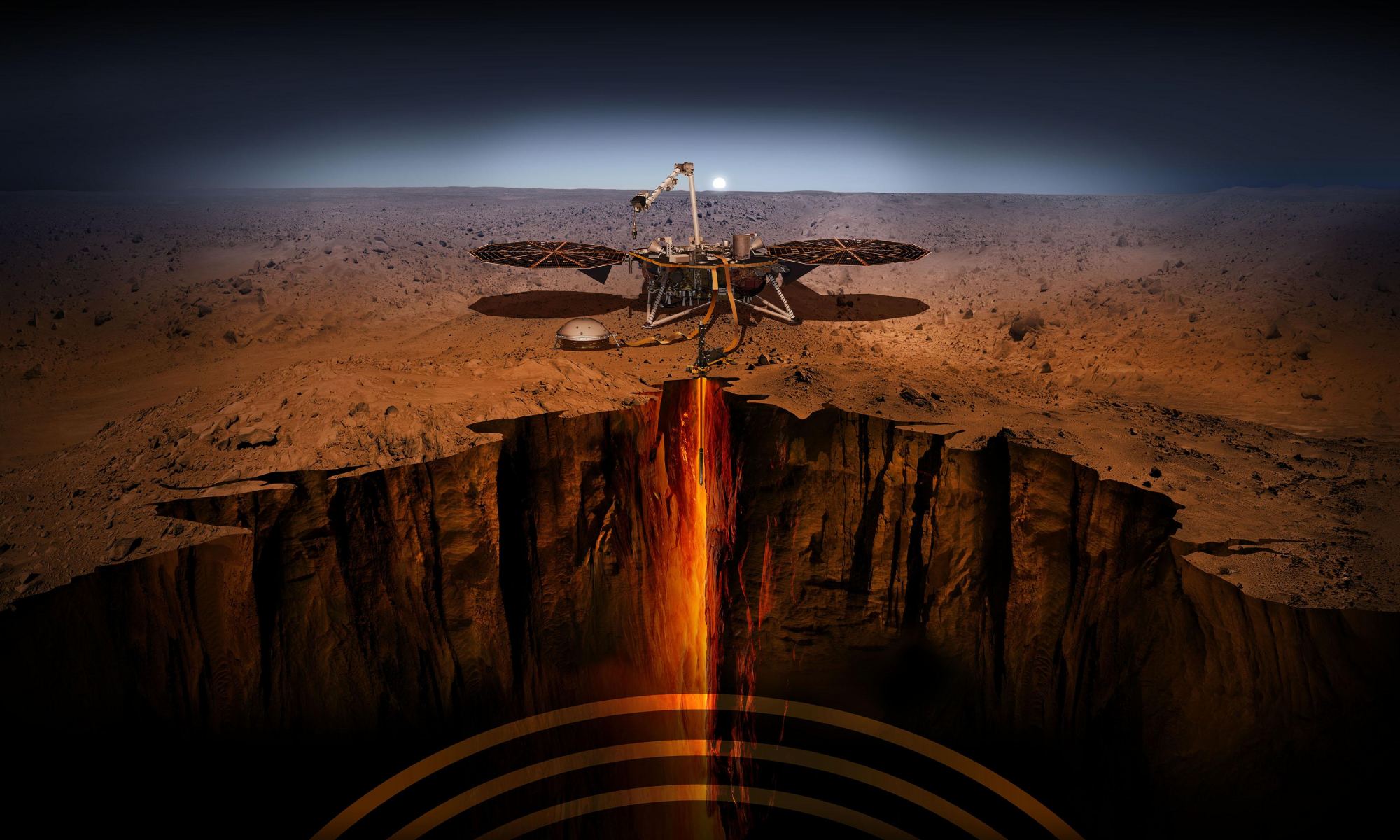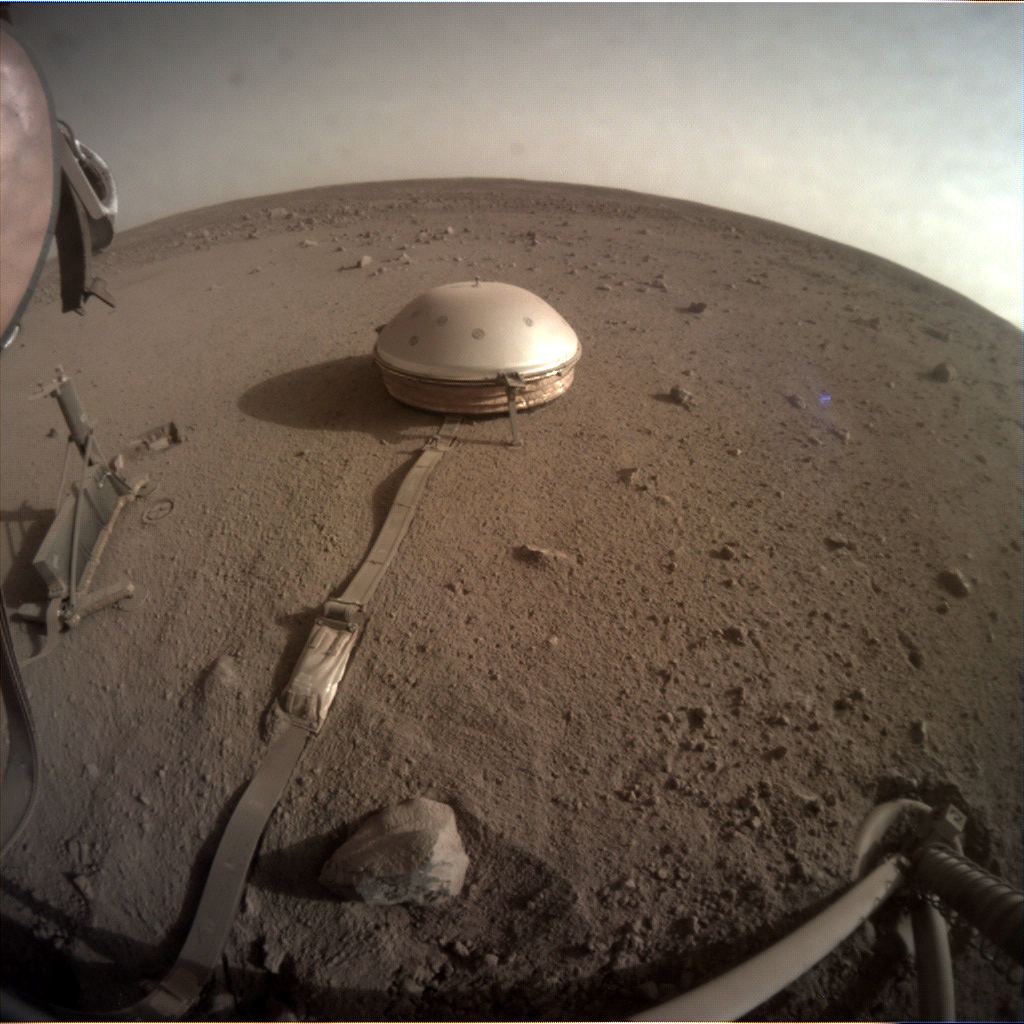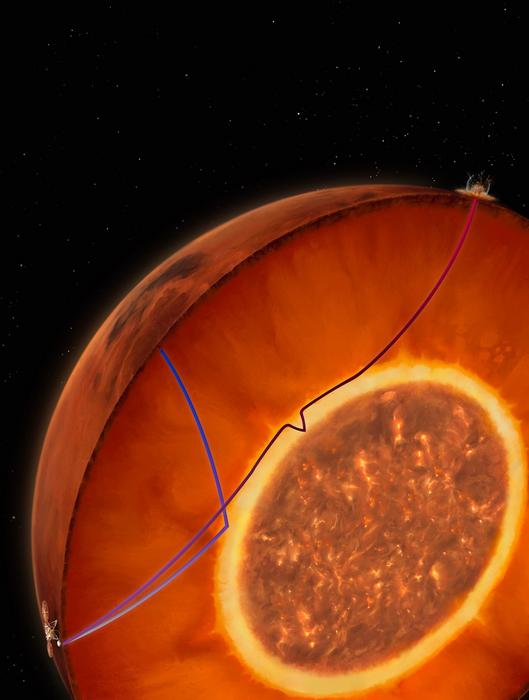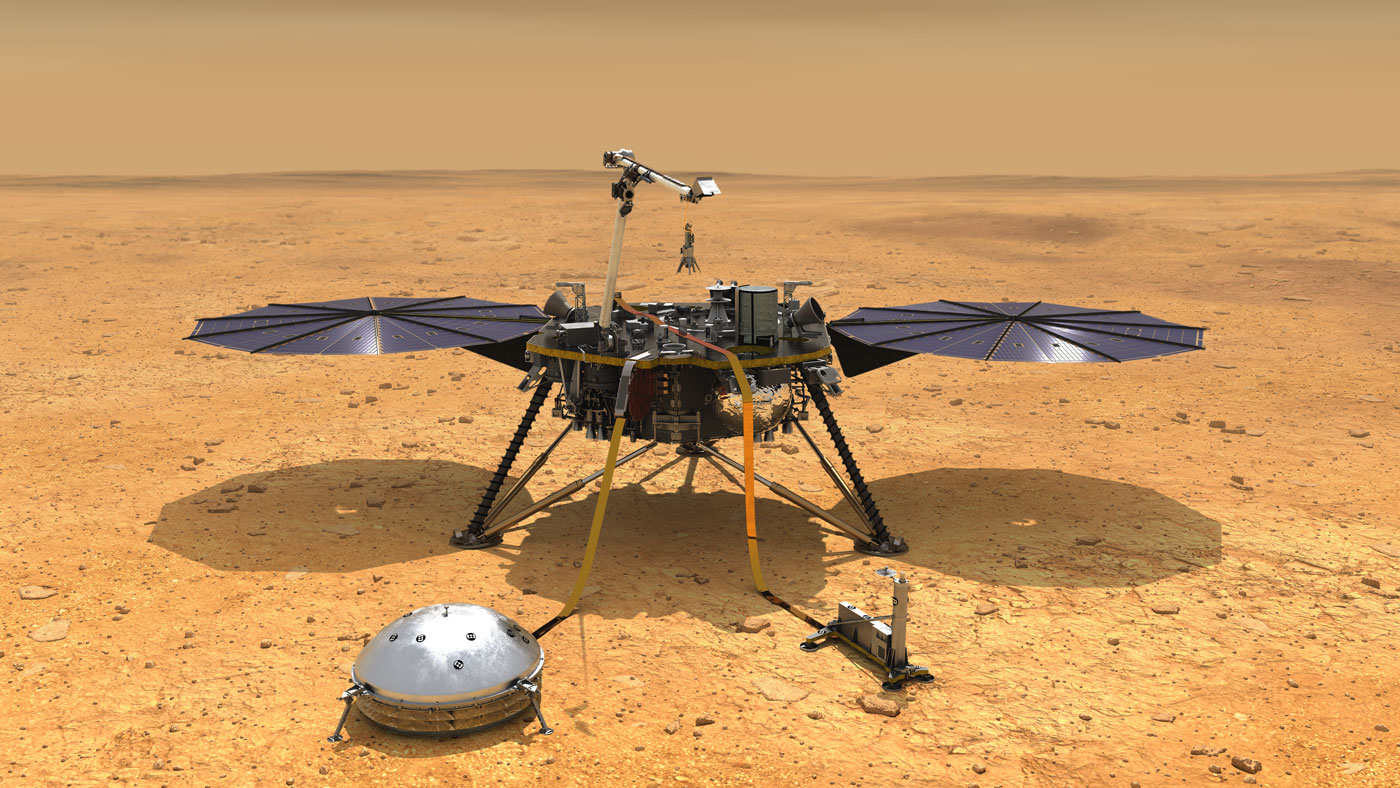The InSight Lander arrived on Mars in 2018 to study the planet’s interior. Its mission ended prematurely in December 2022 after its solar panels were covered in the planet’s ubiquitous dust. NASA’s Mars Reconnaissance Orbiter captured an image of InSight recently and will continue to do so as the Martian dust slowly and inexorably reclaims the lander.
Continue reading “NASA is Keeping an Eye on InSight from Space”NASA is Keeping an Eye on InSight from Space










